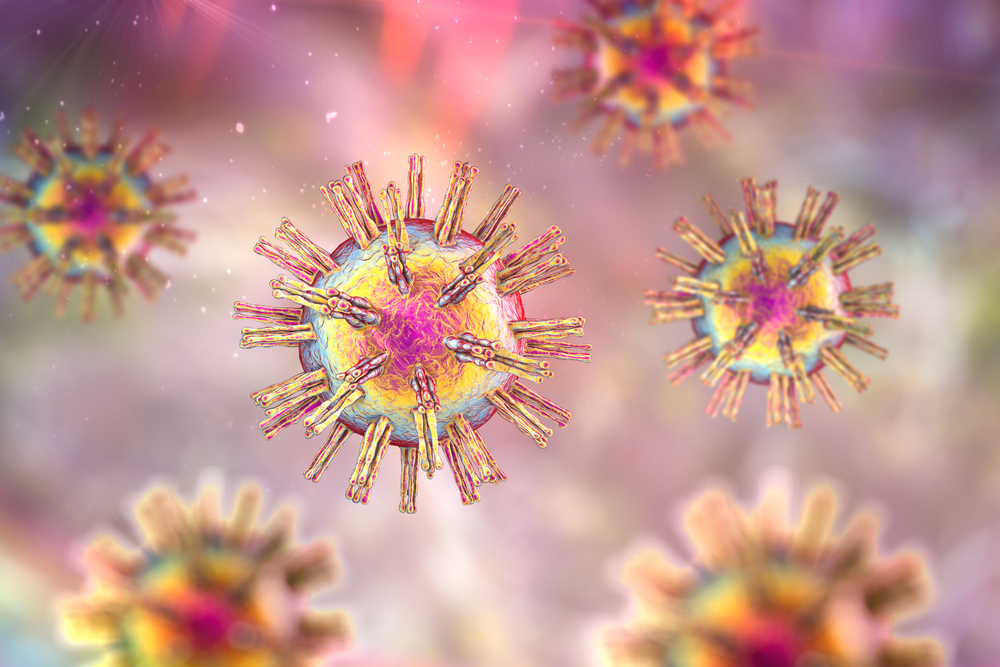
📢 Scarlet fever is usually a mild illness but can be serious if left untreated. It's highly contagious and mostly affects young children.
We're reminding parents of the symptoms following a rise in cases across the country. 🧵👇
#ScarletFever
We're reminding parents of the symptoms following a rise in cases across the country. 🧵👇
#ScarletFever

The first signs of #ScarletFever are flu-like symptoms such as:
🤒 High temperature
😖 Sore throat and swollen neck glands
🕜 A bumpy, rough feeling rash usually appears after 12 to 48 hours on the chest and tummy.
🤒 High temperature
😖 Sore throat and swollen neck glands
🕜 A bumpy, rough feeling rash usually appears after 12 to 48 hours on the chest and tummy.

If you think your child is showing signs of #ScarletFever it's important to contact your local GP or #NHS111.
Stay away from nursery, school or work for 24 hours after taking the 1st dose of antibiotics.
Stay away from nursery, school or work for 24 hours after taking the 1st dose of antibiotics.
Relieving symptoms of #ScarletFever:
🥤 Drink cool liquids
🍲 Eat soft foods if you have a sore throat
💊 Take painkillers like paracetamol to bring down a high temp (❗️ don't give aspirin to under 16s❗️)
🧴 Use calamine lotion or antihistamine tablets to ease itiching
🥤 Drink cool liquids
🍲 Eat soft foods if you have a sore throat
💊 Take painkillers like paracetamol to bring down a high temp (❗️ don't give aspirin to under 16s❗️)
🧴 Use calamine lotion or antihistamine tablets to ease itiching

To protect yourself and others:
🧼 Wash your hands often with soap and water
🤧 Use tissues to trap germs from coughs or sneezes
🚮 Bin used tissues as quickly as possible
🚫 Avoid sharing cutlery, cups, towels, bedding or baths with anyone with symptoms of #ScarletFever
🧼 Wash your hands often with soap and water
🤧 Use tissues to trap germs from coughs or sneezes
🚮 Bin used tissues as quickly as possible
🚫 Avoid sharing cutlery, cups, towels, bedding or baths with anyone with symptoms of #ScarletFever
Dr Theresa Lamagni, Senior Epidemiologist at UKHSA says on #ScarletFever 👇
• • •
Missing some Tweet in this thread? You can try to
force a refresh














